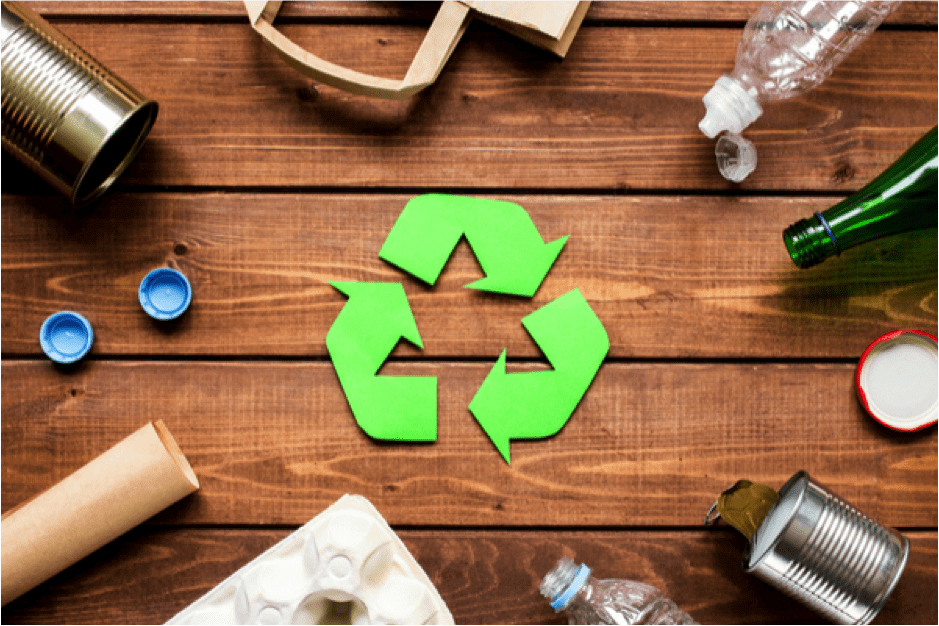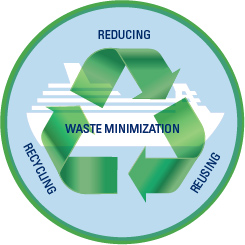Exactly How Recycling Lives Services Help Reduce Environmental Footprints
Exactly How Recycling Lives Services Help Reduce Environmental Footprints
Blog Article
Checking Out Various Kinds Of Waste in Modern Waste Management Systems
The contemporary landscape of waste administration includes navigating an intricate variety of waste kinds, each requiring specialized handling and disposal approaches to alleviate ecological effects. Municipal solid waste, contaminated materials, electronic waste, and natural waste each present unique obstacles and possibilities for source healing. Cutting-edge remedies such as clever waste containers and waste-to-energy technologies are arising as important devices in improving effectiveness and sustainability. Comprehending these waste types is vital for promoting public understanding and encouraging active involvement in sustainable practices. What strategies can effectively attend to these different kinds of waste while promoting a circular economy?
Community Solid Waste
Municipal strong waste, often described as household garbage or rubbish, includes a variety of thrown out materials generated by household, industrial, and institutional resources within a municipality. This waste stream normally includes items such as packaging, food scraps, yard trimmings, paper, plastics, fabrics, and thrown out house items. The management of local strong waste is a crucial component of metropolitan planning and public health and wellness, necessitating effective collection, transport, and disposal systems.
Reliable waste management systems are developed to reduce ecological influence while making best use of resource recovery. Composting organic waste, such as food scraps and lawn trimmings, not only minimizes land fill use yet also produces valuable soil changes.
Districts have to likewise deal with the economic and logistical obstacles related to waste monitoring. Applying pay-as-you-throw systems, boosting public recognition, and buying modern technology can significantly improve waste diversion prices. By incorporating these techniques, districts can promote lasting neighborhoods, reduce greenhouse gas emissions, and preserve all-natural resources.
Contaminated Materials

Effective unsafe waste management includes several vital steps: recognition, segregation, disposal, and therapy. Recognition requires the classification of waste based upon its unsafe properties. Segregation makes sure that unsafe products are kept individually from non-hazardous waste to avoid cross-contamination. Treatment methods, such as chemical neutralization, incineration, and stablizing, are employed to decrease the toxicity, volume, or flexibility of the waste. Lastly, disposal options, consisting of safe land fills and underground storage space, are picked to guarantee long-term control.
Regulatory frameworks, such as the Source Conservation and Recovery Act (RCRA) in the USA, give standards and standards for contaminated materials administration. Adherence to these laws, coupled with developments in waste therapy innovations, is vital in alleviating the dangers related to contaminated materials.
Electronic Waste
Digital waste, frequently referred to as e-waste, stands for a quickly expanding obstacle in waste monitoring systems globally. This kind of waste encompasses thrown out electronic devices and tools such as smart devices, computers, televisions, and various other electronic appliances. The rapid rate of technical improvement, coupled with lowering item life-spans and consumer demand for the most recent devices, has actually significantly raised the quantity of e-waste produced annually.
E-waste is especially troublesome as a result of its intricate make-up, typically having hazardous materials like lead, mercury, and cadmium, which present significant ecological and health and wellness dangers if not correctly handled. On the other hand, e-waste also contains important materials such as gold, silver, and copper, which can be recuperated and reused. The twin nature of e-waste-- both important and harmful-- necessitates specific handling, reusing, and disposal procedures.
Efficient e-waste administration involves rigid governing structures, robust collection systems, and advanced reusing technologies. Public awareness and engagement are important, as incorrect disposal techniques, such as prohibited disposing and casual read recycling, intensify ecological contamination and health risks. Enhancing e-waste management techniques is important for reducing ecological impact and recuperating valuable sources in a progressively digital world.

Organic Waste
Organic waste, making up kitchen area scraps, backyard trimmings, and agricultural deposits, stands for a significant portion of the global waste stream. This kind of waste is biodegradable, suggesting it can be damaged down by microorganisms right into simpler natural substances. In spite of its potential for all-natural decomposition, incorrect management of natural waste can result in damaging environmental effects, consisting of the emission of greenhouse gases such as methane, which add to climate adjustment.
Effective administration of natural waste is essential for reducing these ecological influences (recycling lives services). Composting is a widely embraced approach, transforming natural waste right into nutrient-rich compost that can enhance soil wellness and agricultural efficiency. In addition, anaerobic digestion is an emerging innovation that transforms organic waste into biogas, a sustainable power resource, and digestate, which can be used as fertilizer
Municipalities and waste monitoring entities need to implement robust natural waste collection and therapy programs to maximize the benefits of these processes. Public education campaigns can likewise play a pivotal function in motivating families and organizations to different natural waste from various other kinds of waste. By focusing on the monitoring of natural waste, societies can reduce landfill use, lower greenhouse gas emissions, and create valuable results for farming usage.

Innovative Waste Monitoring
In the realm of waste monitoring, ingenious methodologies are changing how societies handle their refuse, aiming for sustainability and efficiency. One noticeable technology is the execution of wise waste containers outfitted with sensing units that keep find out an eye on fill levels and next page optimize collection courses.
Another remarkable advancement is the fostering of waste-to-energy (WtE) technologies. By converting non-recyclable waste right into functional energy with processes such as incineration and anaerobic food digestion, WtE minimizes garbage dump burden and gives a sustainable energy source. Advancements in chemical recycling enable for the breakdown of complicated plastics right into their original monomers, making it possible for the development of brand-new, premium plastic items.
Furthermore, the circular economic situation model is getting grip, highlighting the layout of items and systems that focus on reusability and source efficiency. This alternative approach motivates sectors to lessen waste generation from the outset. With these cutting-edge strategies, contemporary waste management systems are not just attending to the prompt obstacles of waste disposal but likewise leading the way for a more lasting future.
Final Thought
An extensive understanding of metropolitan strong waste, contaminated materials, electronic waste, and natural waste, coupled with the application of cutting-edge waste monitoring services, is essential for minimizing environmental effects. Incorporating innovations such as clever waste containers and waste-to-energy systems can boost performance and sustainability. Efficient waste monitoring approaches not just foster source recovery but also advertise public understanding and engagement, eventually adding to the growth of a round economy.
The contemporary landscape of waste monitoring includes browsing a complicated variety of waste kinds, each needing specialized handling and disposal approaches to reduce ecological impacts. Municipal solid waste, dangerous waste, digital waste, and natural waste each existing unique challenges and possibilities for resource recovery.Electronic waste, typically referred to as e-waste, represents a rapidly expanding obstacle in waste monitoring systems around the world. Via these ingenious techniques, contemporary waste administration systems are not only addressing the prompt difficulties of waste disposal however likewise paving the way for an extra sustainable future.
A comprehensive understanding of municipal strong waste, unsafe waste, digital waste, and organic waste, paired with the application of cutting-edge waste management remedies, is important for reducing ecological impacts. (recycling lives services)
Report this page